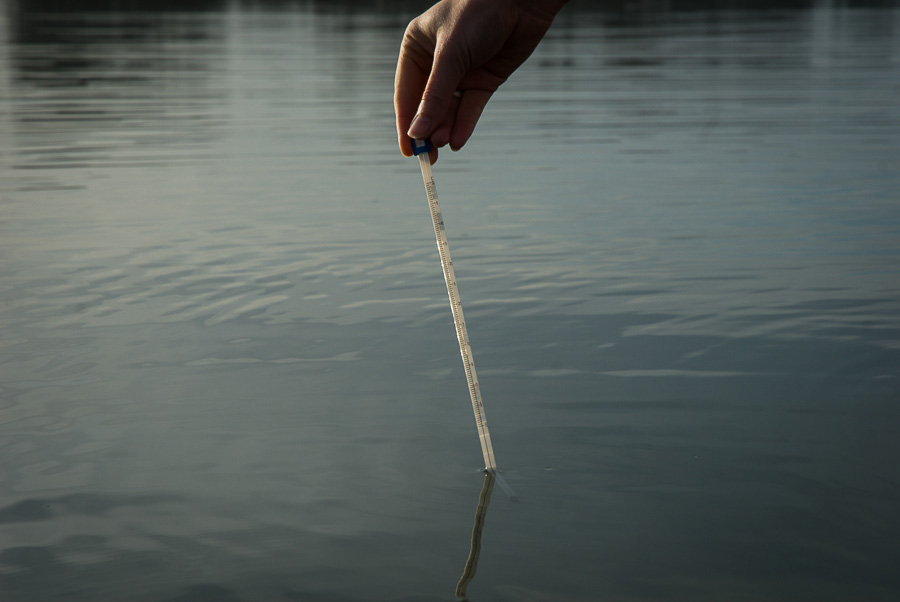
National river water quality 10-year trends released
National water quality trends show river macroinvertebrates are under pressure Land, Air, Water Aotearoa (LAWA) has analysed and released 10-year trends for river macroinvertebrates for the first time and the results are publicly available on the LAWA website.
The Macroinvertebrate Community Index (MCI) is an important biological indicator of freshwater quality and this year joins the eight other water quality parameters LAWA reports on annually, to produce the National River Water Quality 10-year Trend Summary (2008 – 2017).
LAWA River Water Quality Lead Dr Tim Davie said the 10-year trends released today show the complexity of freshwater ecosystems.
“Looking at the trends, we see a mixed bag of improving and degrading sites across all water quality parameters. At the national level, for every parameter there are more sites showing signs of getting better than getting worse, except for the MCI trend which shows 2 out of 5 monitored sites are likely or very likely degrading,” said Dr Davie.
The MCI is used by scientists to monitor changes in macroinvertebrate populations because macroinvertebrates are responsive to multiple environmental changes such as flow, habitat, temperature, water quality and sediment. Macroinvertebrates are small animals (e.g. insects, worms, and snails) that live on or just below the stream-bed and are an important food source for fish.
“Macroinvertebrates are a good indicator of the wider health of waterways and have a high ecological value, so it’s disappointing to see they’re under pressure.
“On the other hand, it’s positive to see improving trends for the eight chemical-physical water quality indicators as we know these are quicker to respond to change. It is particularly encouraging to see ammoniacal nitrogen improving at many sites given the work of councils in reducing point source discharge and farmers keeping stock out of waterways,” said Dr Davie.
Read the full LAWA story here.
Read more on Canterbury water quality trends.
Find national water quality information here.
